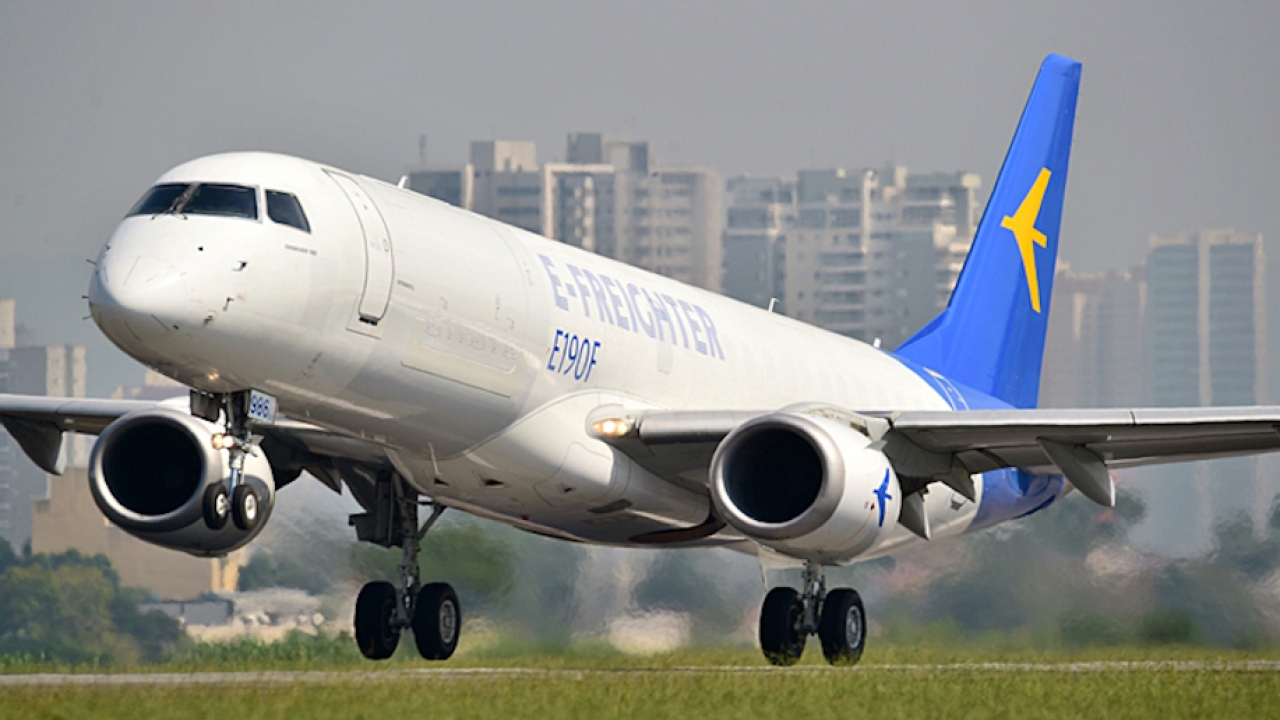Human factors to blame for fatal crash of Air India Express flight from Dubai

A co-pilot who suggested three times for suggesting a go-around, was also considered too “submissive” and allowed the domineering Serbian captain to continue the attempt which ultimately led to the fatal crash. The first officer was also shown as erroneously confirming the aircraft was on the correct approach through pressure by the captain.
Indian press reports suggest the two had fallen out weeks before they were paired for the Dubai flight.
The inquiry unearthed a number of contributing human factor causes to the May 22 2010 crash in which only eight of the 166 people on board survived and has called on airlines to focus more on human factors training.
The Air India Express IX812 had left Dubai with 160 passengers and six crew Weather conditions were fine but because Mangalore radar was unavailable, the aircraft had to follow a shorter descent.
India's Directorate General of Civil Aviation says the crew failed to prepare the descent profile properly, and the jet was much higher than it should have been for the instrument landing system approach to runway 24.
In the report, investigators say that cockpit voice recordings recorded typical breathing patterns of deep sleep from the Serbian pilot Zlatko Glusica, lasting for 1h 28min, until just 21min before the accident. These recording indicated that the captain slept for at least 1h 40min.
The investigation report claims that co-pilot HS Ahluwalia, may have been reluctant to wake him because of resentment between the pair and so shortly after 55-year-old Glusica awoke, he began to land the plane despite the advice of his first officer to “go around”.
The report said the suspected communication breakdown between the pair played a part in the disaster and such issues need to be addressed.
As a result the aircraft was not correctly prepared for the descent and stable approach and in order to find the instrument landing system signals the pilot increased the descent rate to nearly 4,000ft/min despite several automated warnings from ground-proximity systems.
Air India Express internal rules only allow the captain to make the landings on Mangalore’s table-top runway. The captain on the fatal flight had made 16 previous landings at the airport.
The Flight-data recorder shows the aircraft crossing the runway threshold at 200ft rather than at the prescribed 50 feet and much faster. As a result it didn’t touch down until 1600 metres along the runway leaving just 860 metres
The 737-800 failed to stop before overrunning the runway. Its right wing collided with the localiser antenna and the aircraft dropped off the edge of a steep gorge. In its inquiry report the ministry says the prolonged sleep by the captain, particularly during the overnight circadian low period, could have led to "sleep inertia" and possibly "impaired judgement" over the approach shortly after he woke.
Stay up to date
Subscribe to the free Times Aerospace newsletter and receive the latest content every week. We'll never share your email address.

